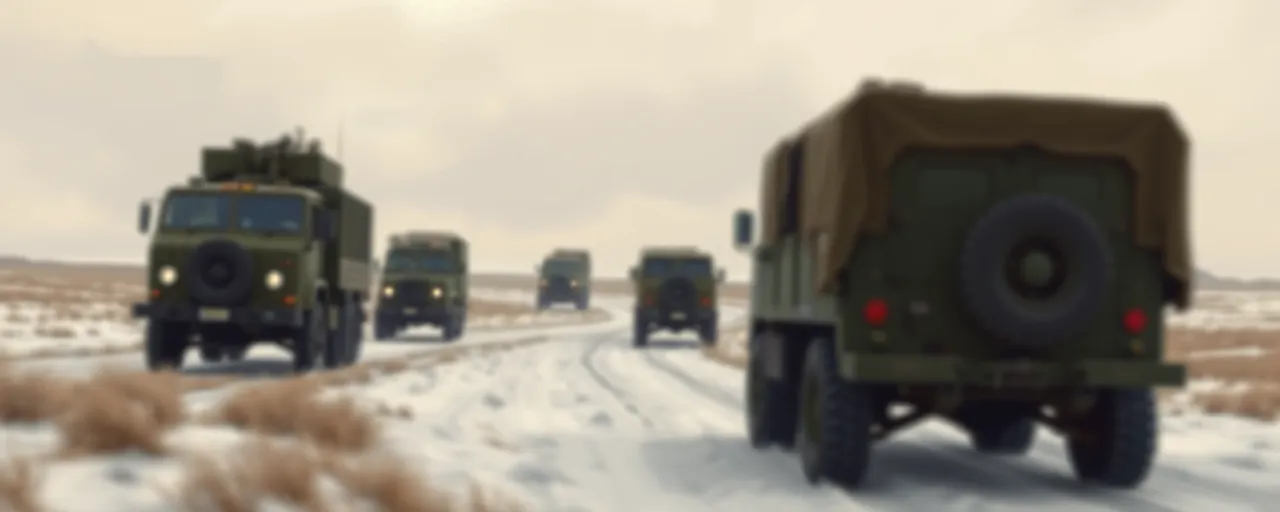A World Watching Ukraine
In a virtual meeting today, defense leaders from nearly 50 nations gathered to address the ongoing war in Ukraine. The Ukraine Defense Contact Group, led by the UK and Germany, focused on equipping Kyiv to withstand Russian aggression. Secretary of Defense Pete Hegseth joined the discussion, emphasizing the need for a lasting resolution. The urgency of the moment was palpable, as fighting continues to devastate Ukraine’s cities and infrastructure, leaving millions caught in the crossfire.
This gathering reflects a broader global effort to support Ukraine, now in its third year of conflict. Beyond military aid, the conversation touched on a fragile hope for peace, though deep divisions remain. European nations are stepping up, driven by a mix of moral commitment and concern for regional stability. Yet, the path forward is anything but clear, with competing visions for Ukraine’s future complicating diplomacy.
Military Aid Surges, But Challenges Persist
The meeting underscored a significant escalation in military support. European nations pledged €21 billion in new aid, including advanced drones, anti-tank weapons, and air defense systems. The UK alone committed £4.5 billion this year, while Germany promised €11 billion through 2029. These funds aim to strengthen Ukraine’s ability to repel Russian advances, particularly as winter looms and energy infrastructure remains a target. The shift from emergency supplies to long-term defense planning marks a new phase in the conflict.
However, delivering aid isn’t without hurdles. Logistical bottlenecks, from production delays to battlefield distribution, slow progress. Some nations worry about depleting their own stockpiles, raising questions about sustainability. Meanwhile, Ukraine’s leadership has pressed for faster deliveries and fewer restrictions on using Western weapons, a point of tension with some allies cautious about escalating the conflict further.
Europe Takes the Lead
European countries are increasingly filling gaps left by shifting U.S. priorities. Initiatives like the EU’s ReArm Europe plan, which seeks €150 billion for collective defense, signal a growing sense of responsibility. Germany and France have boosted their contributions, with proposals to integrate Ukraine into Europe’s defense framework through joint ventures and training programs. NATO, too, has expanded its role, offering specialized support to enhance Ukraine’s military resilience.
This pivot reflects broader anxieties about regional security. European leaders see Ukraine’s fight as a firewall against Russian expansion, prompting investments in technologies like anti-drone systems and artillery. Yet, not all agree on the pace or scope of involvement. Smaller nations, wary of overreach, advocate for diplomacy over deeper military entanglement, highlighting the delicate balance between solidarity and pragmatism.
Peace Talks Teeter on the Brink
Diplomatic efforts ran parallel to the defense talks, though with less optimism. Recent negotiations, hosted by Saudi Arabia, saw U.S. and Russian leaders engage directly, but no breakthroughs emerged. Ukraine insists on restoring its full territory and securing NATO guarantees, while Russia demands recognition of annexed regions and a neutral Ukraine. European proposals for a ceasefire, backed by a coalition of willing nations, have gained traction but lack binding commitments from either side.
The complexity of these talks mirrors past failures. Since 2022, negotiations in Belarus and Turkey achieved minor humanitarian agreements but collapsed on core issues. Today’s discussions face similar obstacles, compounded by distrust and domestic pressures. Ordinary Ukrainians, enduring relentless attacks, remain skeptical of peace without justice, a sentiment echoed by many in the international community.
What Lies Ahead
Today’s meeting of the Ukraine Defense Contact Group highlighted both unity and uncertainty. The outpouring of military support signals a collective resolve to bolster Ukraine’s defenses, but it also underscores the war’s grinding toll. European leadership, once secondary to U.S. efforts, now shapes the conflict’s trajectory, blending ambition with caution. Meanwhile, peace remains elusive, caught between irreconcilable demands and battlefield realities.
For those watching from afar, the stakes are stark. Ukraine’s struggle tests the limits of global cooperation, exposing fault lines in diplomacy and defense. Whether through sustained aid or a negotiated truce, the path to stability will demand patience and compromise, qualities in short supply amid the chaos of war. As winter tightens its grip, the world waits to see if today’s promises can shift the tide.
